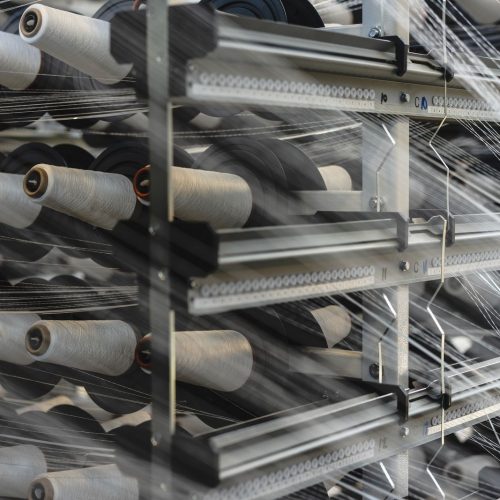Evaluating Prada’s Sustainable Commitments
In 2019, Forbes reported that “93% of global consumers expect more of the brands they use to support local, social and environmental issues.” This has led to more and more brands making sustainable commitments, Prada being one of them. However, Prada’s chairman, Carlo Mazzi, has assured Vogue, “sustainability cannot be simply a marketing tool.” So, we will be evaluating how deep Prada’s sustainable commitments really go.
The Prada Group does not describe Prada through their fashion products or design details, but rather, relies on phrases such as “cutting edge”, “intellectual universe” and “experimentation.” They obviously pride themselves on being much more than a fashion brand. Founded by Mario and Martino Prada in 1913, Prada is an Italian luxury fashion house, specialising in leather handbags, accessories, shoes, ready-to-wear and perfumes. Good On You rates Prada’s sustainability features as “not good enough” which comes as no surprises to us. Prada is not a sustainable brand however, they have made plans which show a commitment to becoming one.
PRADA’S SUSTAINABLE COMMITMENTS
In 2019 Prada Chairman, Carlo Mazzi, made some bold statements to Vogue, saying, “we are very focused on sustainability…. We know that we have to invest; it’s clear that we have to make efforts. We are continuing to [look at] saving energy, saving raw materials. But these initiatives are not enough. These [are the] kinds of initiatives we started five, six, seven years ago.”
Here he is referring to Prada’s renewable energy commitments, defined by The Prada Group as “the objective of achieving an ever greater degree of efficiency in the use of energy and constantly seeking new opportunities for reducing waste.” With that sentiment, The Prada Group signed a supply agreement to power all of its Italian facilities with 100% renewable energy; all from solar, wind, hydroelectric or geothermal sources. This project has involved “replacing antiquated lighting systems with modern LED lights in 115 shops, installing four photovoltaic systems with a total power output of 1 MW, opening eight LEED-certified stores and modernising air-conditioning and heating systems.”
Also, the Factory of Valvigna, has been turned into “a space that merged cutting-edge design with ethics and sustainability”, by Guido Canali in a twenty year project. The factory includes “production and the development of the Prada and Miu Miu leather goods collections, the warehouses for raw materials, the historical archives of the leather goods and footwear collections, the offices for general services and industrial administration, an auditorium, systems areas and the Prada Group data processing centre.” So, it’s a large space. In July 2016, the Factory of Valvigna won the prestigious Brand&Landscape Award for its restoration and preservation of nature.
People believe that sustainability is about what the brand produces and how they produce it - which it is. However, when a brand gets bigger the amount of shops, offices, factories and other facilities naturally increase, which means they have more of an environmental impact all together, just through their day to day running. So, it’s important that we look at these factors and it’s even more important that Prada has done something to cancel out this environmental impact.
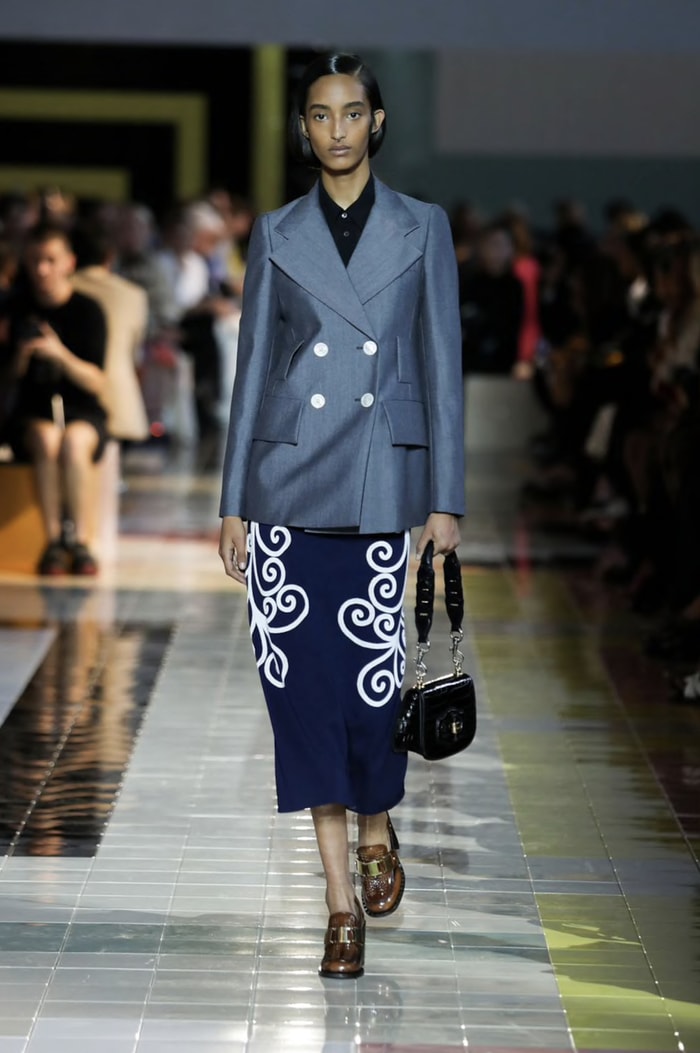
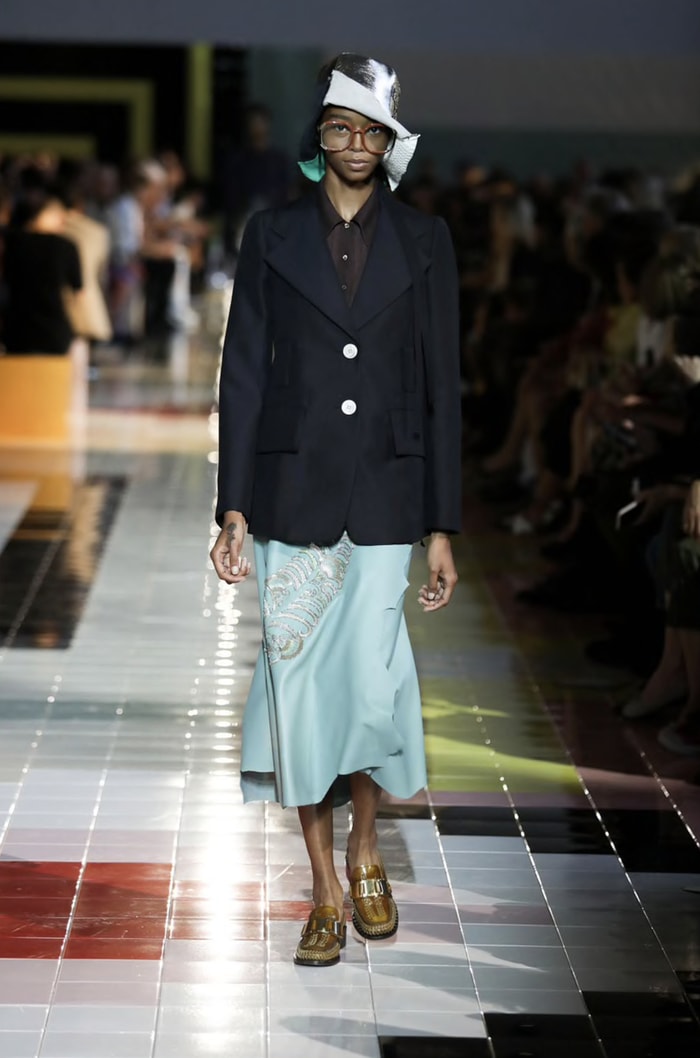
However, Prada has set itself even bigger sustainability goals with a €50 million, 5-year sustainability term loan with the Crédit Agricole Group. The terms of the loans are that Prada will meet three sustainability demands for the interest rates to decrease. These demands were selected by the Crédit Agricole Group from a list composed by Carlo Mazzi, related to the “number of stores assigned of a LEED Gold or Platinum Certification; amount of training hours for the employees and the use of Prada Re-Nylon (regenerated nylon) for the production of goods.” The demands might seem like simple commitments, with nothing too pressing or demanding for the brand. However, this is the first sustainability loan in the luxury goods industry so, it is the statement that counts. Sustainability loans started in the gas, oil and mining companies however, with consumers noticing the environmental effects of fashion, these loans will hopefully become the new demand consumers put on brands. Sustainability loans have increased from $5 billion in 2017 to $40 billion in 2018. If a big brand such a Prada has signed a sustainability loan, it puts the notion of them in the mainstream.
Prada has also joined many others in the fashion industry to create change in areas that effect their brand but by which they can’t control, Mazzi explains, “it’s easy to reduce our direct [contribution to] pollution, but to reduce the pollution [created] by our providers and the providers of our providers – this is very difficult.” That’s where the Sustainability Pact comes in. Signed by 32 fashion brands, including Prada, the goals of the pact are, to reach net-zero carbon emission by 2050, achieve 100% renewable energy by 2030 - with extra incentives to make their suppliers do the same - eliminate single use plastic by 2030 and to support innovations and approaches in eliminating micro-fibre pollution and regenerating agriculture programs.
By signing it, Prada has agreed to work towards all of these goals. Although, Quartz argues that the pact is not legally binding and as far as suppliers go, brands can’t actually control them. This might be another sustainable statement rather than something that causes real change. But, it’s definitely a statement - that Prada stands with the 30% of the industry wanting change.
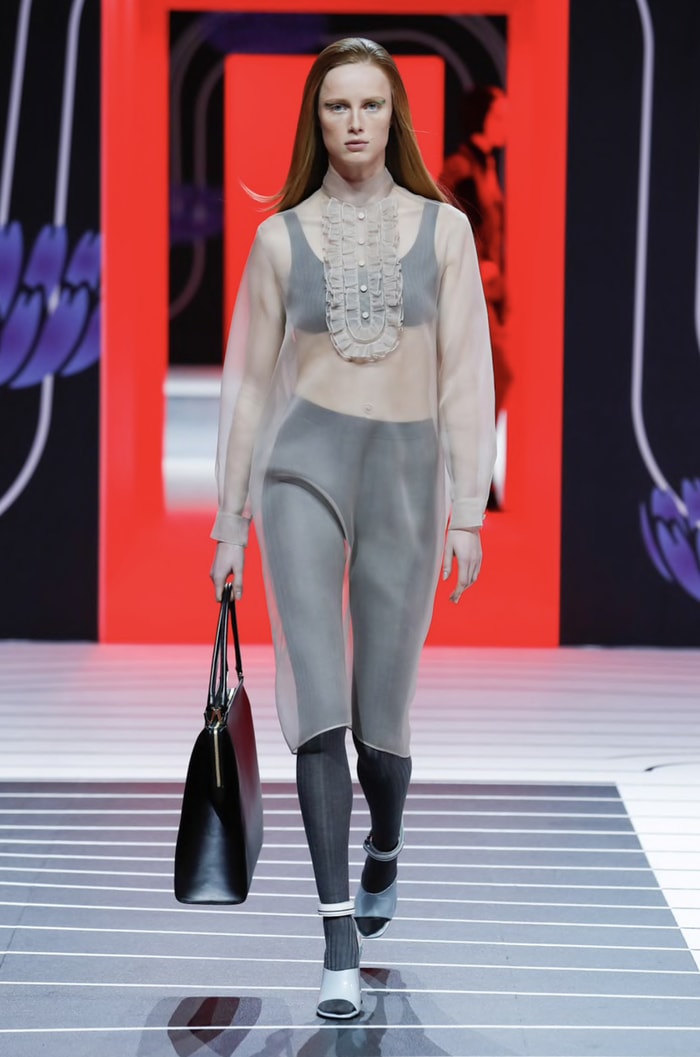
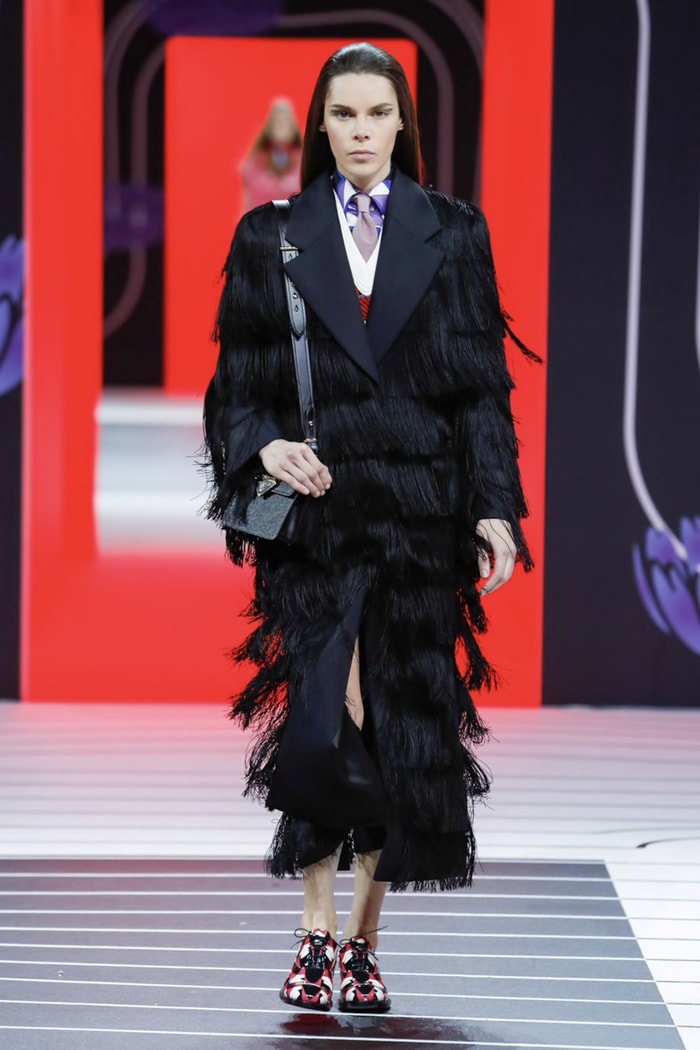
PRADA’S SUSTAINABLE COLLECTIONS
Although all these announcements might seem impressive, the most impressive to us is Prada’s exploration of recycled nylon, known as, Econyl. Nylon has become the miracle fibre; the material that allows for versatility and creativity. In 1984 Miuccia Prada introduced the Prada nylon backpack. She recalls, “I decided to introduce it to the catwalk, and it challenged, even changed, the traditional and conservative idea of luxury.” To which, it certainly did.
Now, Prada “chooses nylon as its preferred form of expression.” However, the production of nylon is incredibly destructive. The Life Impact, summarises how best: “micro-fibers wash off and contaminate water systems, nylon is made from petrochemicals that pollute the environment, nylon production is energy intensive and generates high levels of pollution, nylon releases nitrous oxide when manufactured, synthetic materials rely on petrochemical industries, meaning synthetic materials dependent on fossil fuel extraction.”
Econyl, is recycled nylon made from ocean plastic, fishing nets and industrial waste. Stella McCartney, Adidas and Triumph have all started using Econyl whilst Vogue reported that “10,000 tons of Econyl created saves 70,000 barrels of petroleum.” In 2019, Prada debuted it’s first sustainable collection of bags, called Re-Nylon, made from Econyl. They have also promised that in 2021 all virgin-nylon materials will be replaced with Econyl.
This is a big move, with Prada as the face of nylon-in-luxury, moving to all recycled nylon will have a big impact not just on Prada, but on how the whole fashion industry views nylon too. Prada brought nylon into the luxury industry and now, hopefully, it can take it away.
In May 2019, Prada announced that they were going fur-free from their SS20 collection onwards, with artistic director, Miuccia Prada commenting “The Prada Group is committed to innovation and social responsibility, and our fur-free policy is an extension of that engagement.” However, its innovation with fur is not the same as with nylon; fur is said to make up only 0.1% of the materials used in production unlike leather which, along with nylon, is one of the main materials in Prada. Not only do we consider leather unsustainable for it’s animal cruelty, but “chrome-tanning facility wastes nearly 15,000 gallons of water and produces up to 2,200 pounds of “solid waste” (e.g., hair, flesh, and trimmings) for every ton of hides that it processes.” We understand that in 1913 Prada started as a leather good company - it is part of the heritage of Italian craftsmanship. However, Prada finding a leather alternative would be a much more impactful and effective cruelty-free message than going fur-free.
The simple answer to this section is that, apart from the re-nylon collection, Prada has not been producing sustainable collections. We could go into more details about each collection and their materials or manufacturing but, we will summarise by confirming their promises have not trickled down into effecting their garments just yet. This is disappointing, at this moment there has never been more innovation, research and inspiration happening around sustainable collections, we believe it would be quite easy for Prada to collaborate with creators leading the way in this sector.
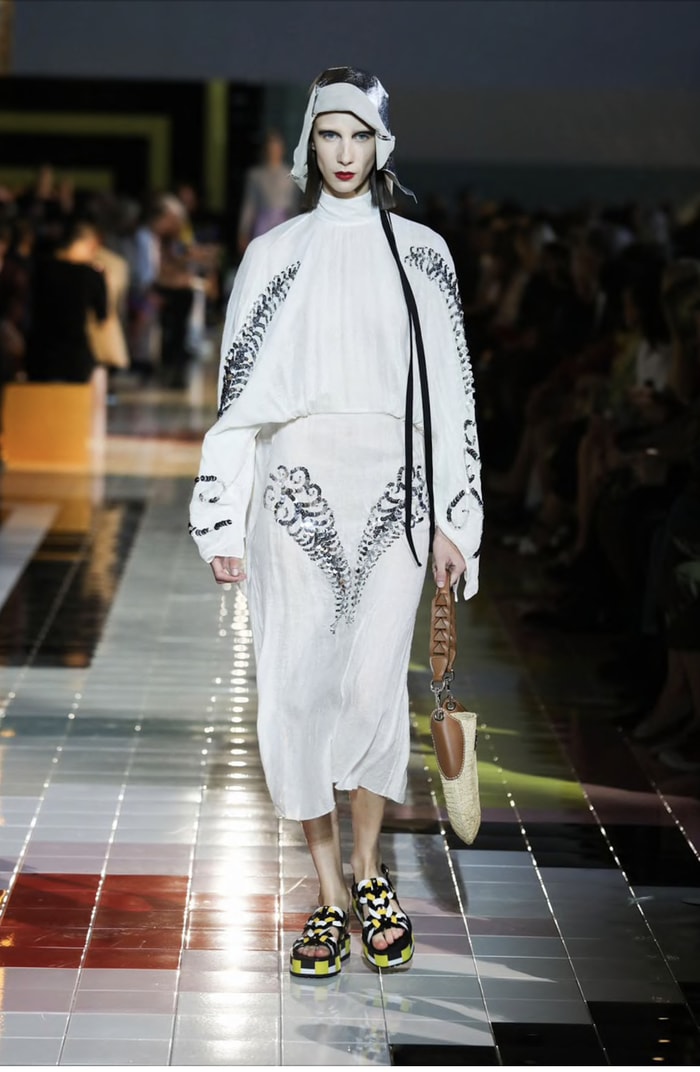
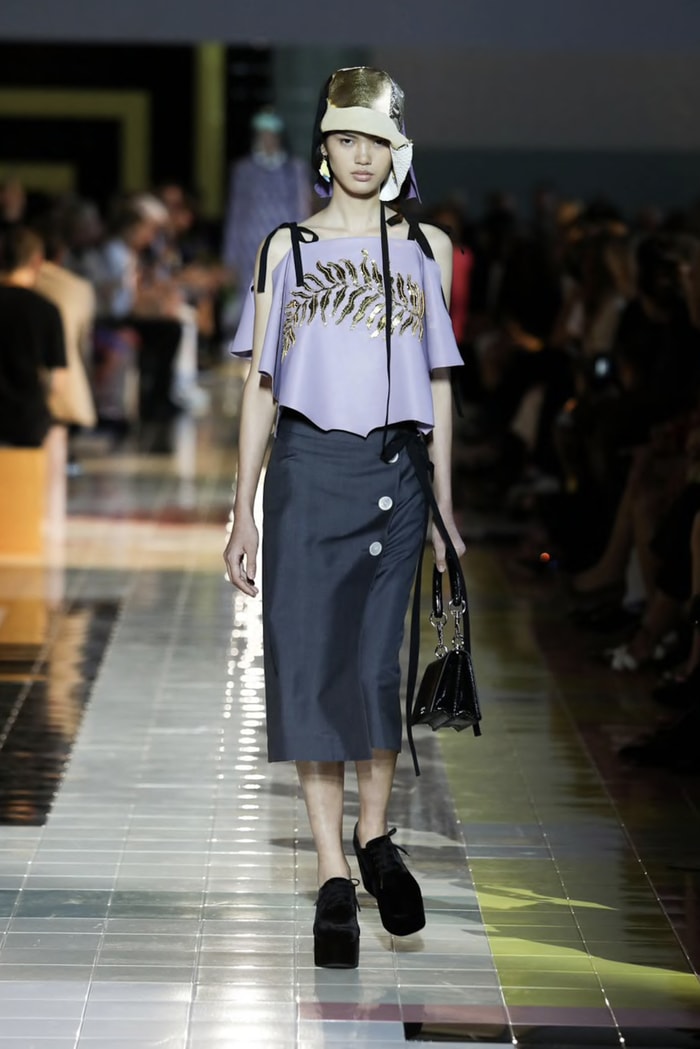
IN CONCLUSION
Morten Lehmann, the chief sustainability officer of Global Fashion Agenda, told Bloomberg, in regards to sustainability, “the industry really needs to pick up the pace… Brands are improving at a slower rate and at the same time we’re seeing a huge production increase.” The one thing we’re seeing with Prada is that they seem to be ahead of many others in luxury, they have created a space of nature restoration, they plan to replace their nylon by 2021(other brands all have goals set for 2030) and they have tied their finances to sustainability - they haven’t just made promises but promises with consequences.
However, there is a problem, in December 2018 Prada was heavily criticised for their ‘Pradamalia’ figurines that resembled blackface - this was the latest in a long line of offensive imagery from Prada. Following this, the New York City Commission on Human Rights came to an agreement with Prada that all employees must attend sensitivity and racial equity training, also Prada must appoint a Diversity and Inclusion Officer who will be “reviewing Prada’s designs before they are sold, advertised or promoted in any way in the United States.” When engaging in conversation with Prada, Chinyere Ezie, a civil rights lawyer who had highlighted the racial problems in Prada concluded that “there were no black employees working at Prada headquarters at all (at the end of 2018)”
In 2019, Prada then set up the Diversity and Inclusion Advisory Council, something they claimed they wanted to do long before the Commission on Human Rights got involved, even so, this council has to remain for six years and Prada must report to the commission every six months for two years.
Sustainability isn’t just about the environment, but also people, it’s about how sustainable the brand is within society. In this, Prada come out as one of the worst. We only hope these changes in the brand will creates rapid change in their diversity and inclusivity. We're just disappointed these changes had to be enforced by the Commission on Human Rights instead of Prada simply knowing better.
But, the main point is, by making these commitments Prada wants to be held accountable, by shining a light on sustainability and engaging with it they are allowing people to challenge them and demand more from them. This is also evident in their “Shaping a Sustainable Future Society” conference, the third in Prada’s annual effort to discuss how the brand can build a better future. Prada is part of the sustainable conversation and in observing these commitments, we are hopeful to see even bigger changes in the future.


